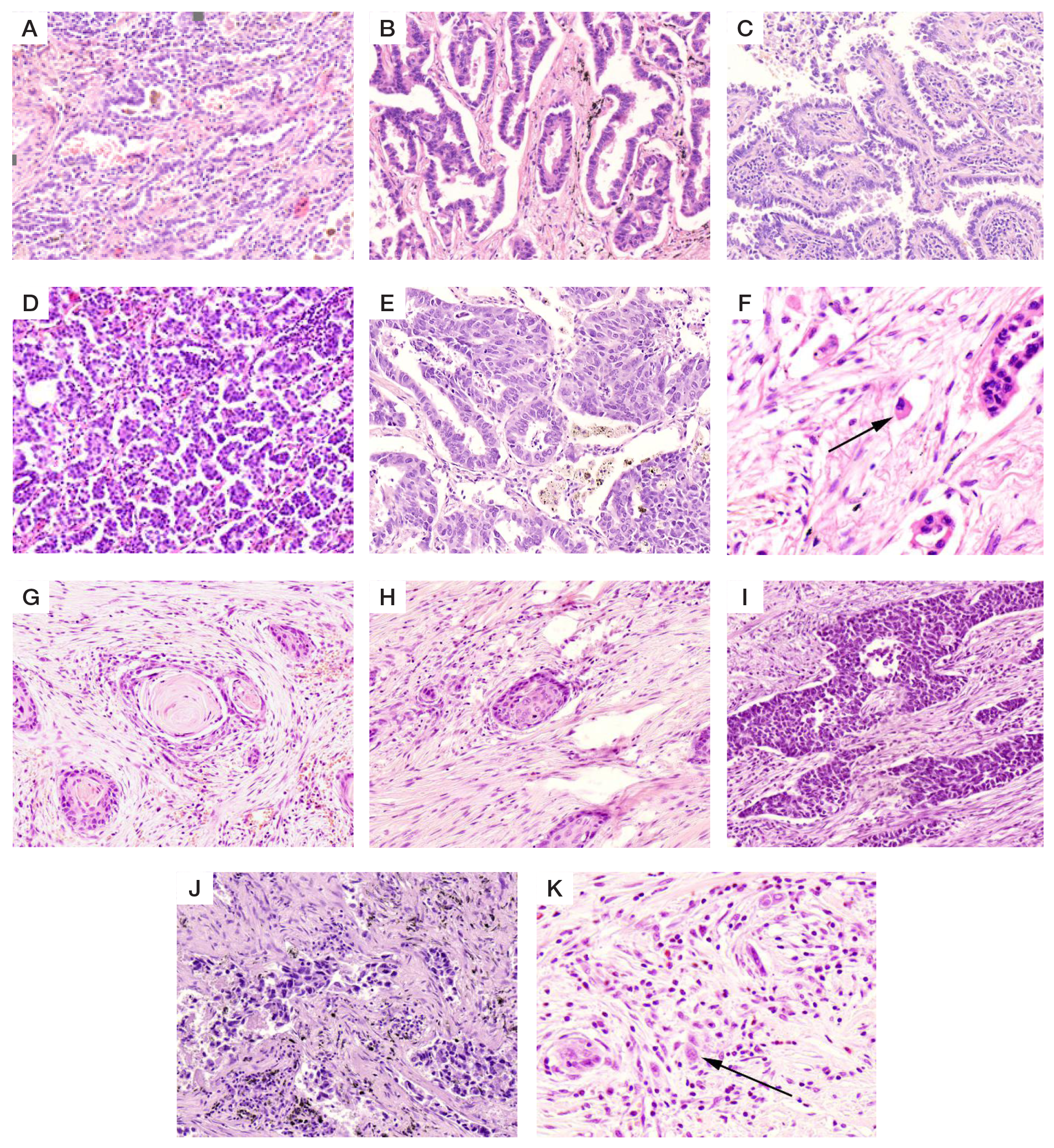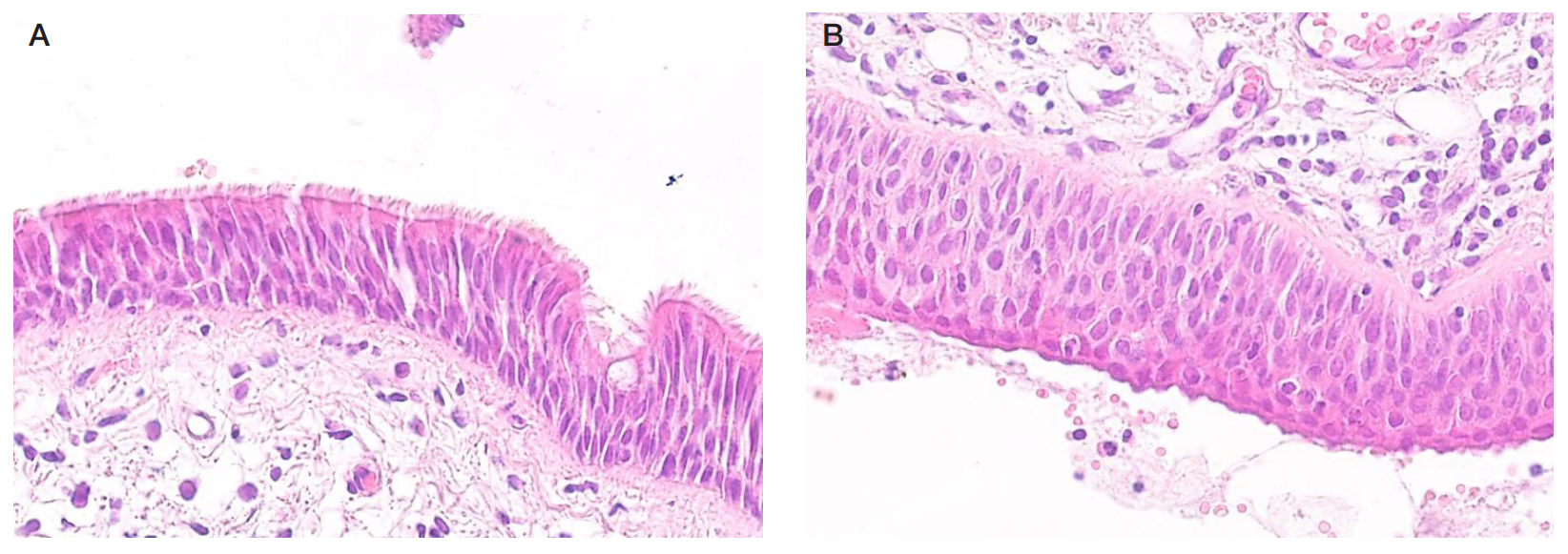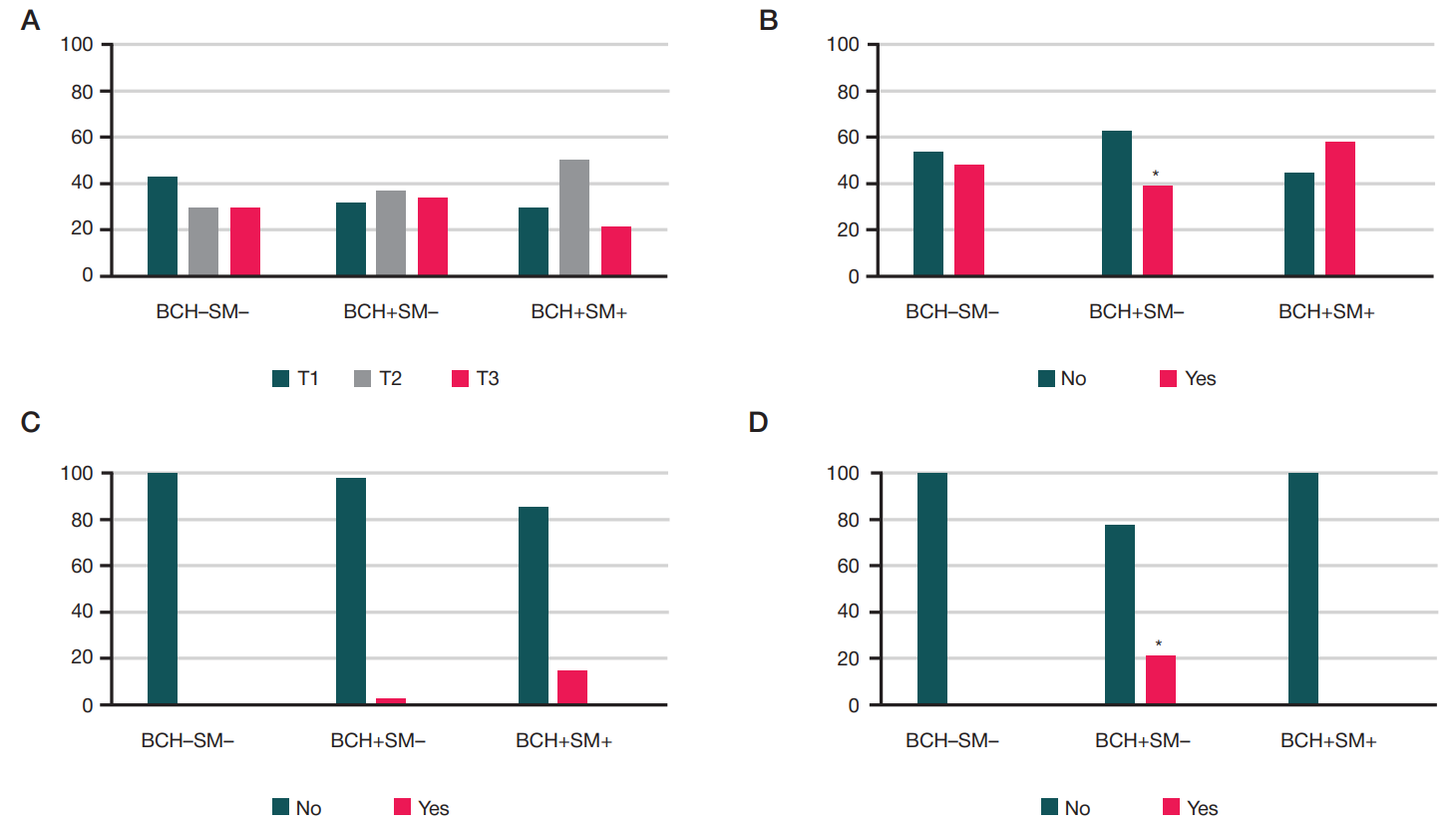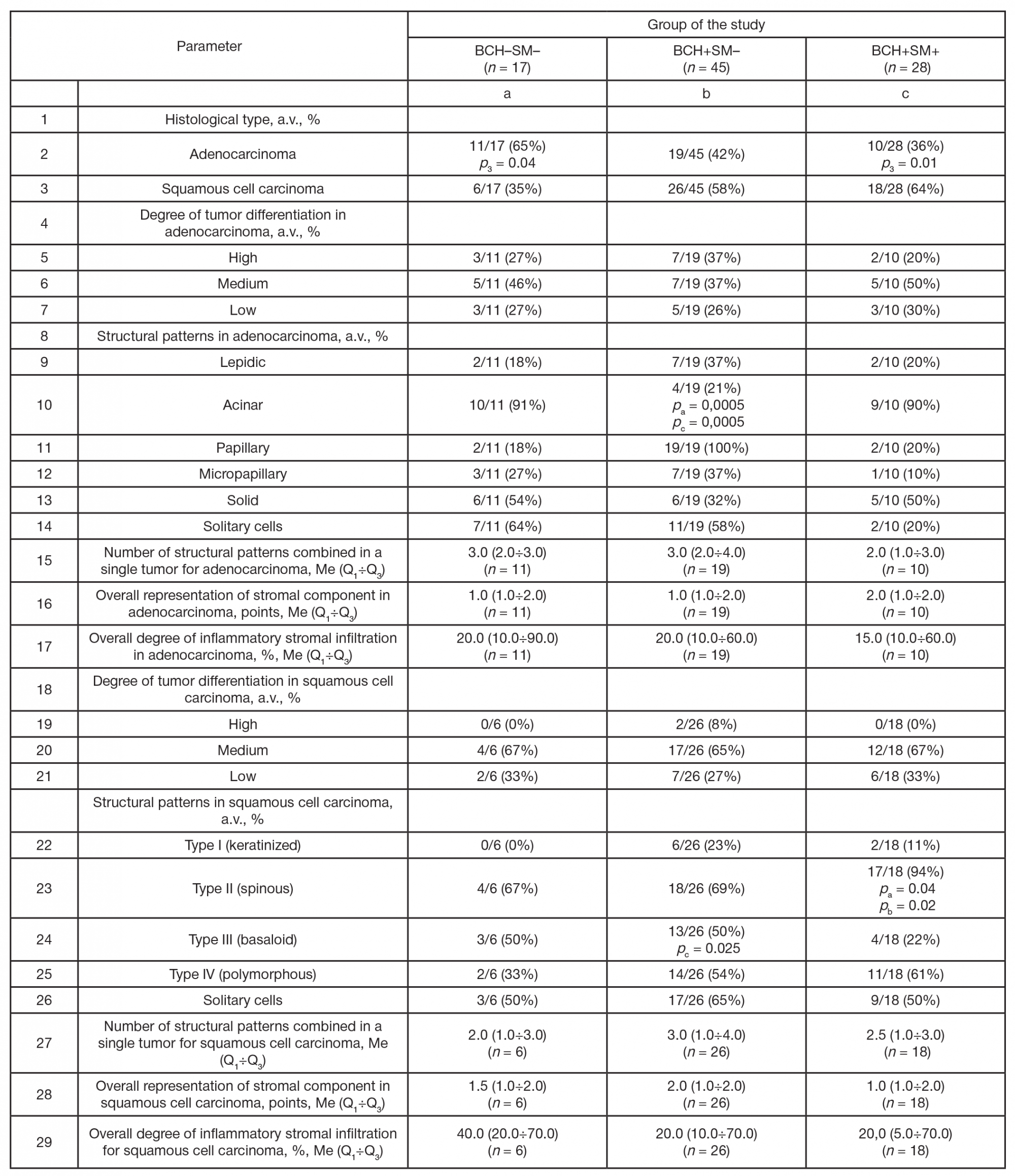
This article is an open access article distributed under the terms and conditions of the Creative Commons Attribution license (CC BY).
ORIGINAL RESEARCH
Clinical and morphological features of non-small cell lung cancer in patients with different types of histological changes to the bronchial epithelium
1 Siberian State Medical University, Tomsk, Russia
2 Cancer Research Institute, Tomsk National Research Medical Center, Tomsk, Russia
Correspondence should be addressed: Dmitry S. Pismenny
Kooperativny pereulok, 5, Tomsk, 634009, Russia; moc.liamg@yrtimd.yinnemsip
Author contribution: Pismenny DS — analysis of the literature and writing of the text; Rodionov EO, Tuzikov SA — surgery and tumor specimen collection; Pankova OV, Loos DM, Durova AA — morphological study; Tashireva LA — statistical processing of the data; Zavyalova MV, Perelmuter VM — concept and design, scientific editing of the manuscript.
Compliance with ethical standards: the study was approved by Ethical Review Board at the Siberian State Medical University (Protocol No. 5600 of 23 October 2017).





